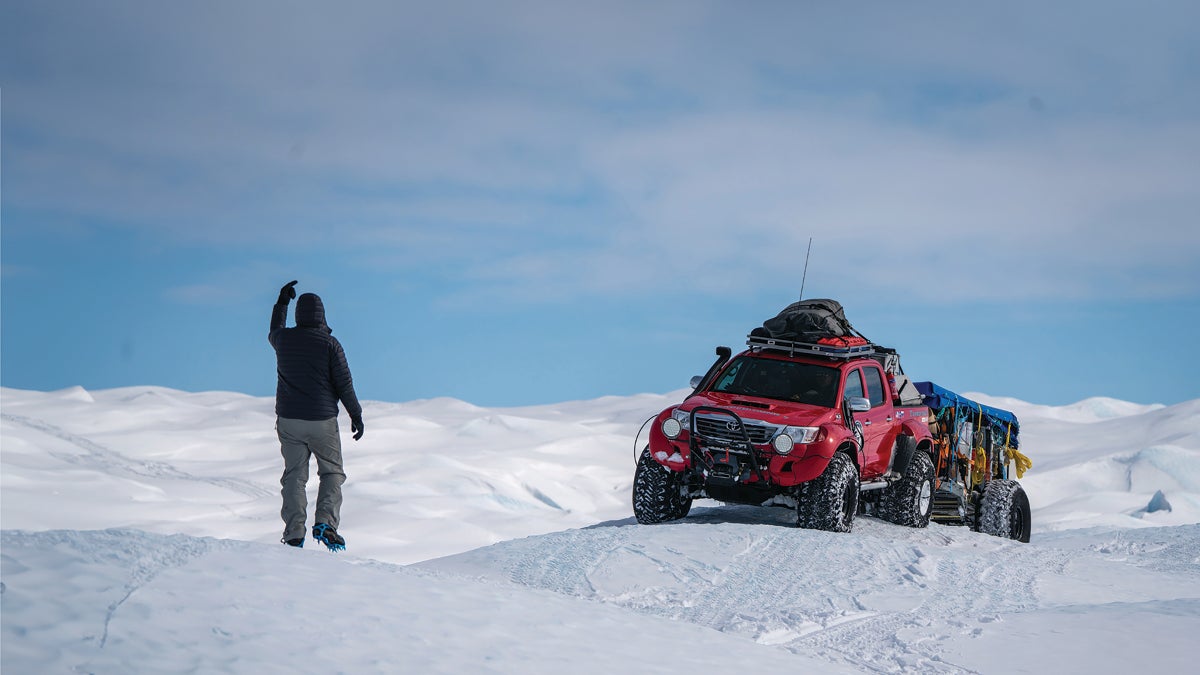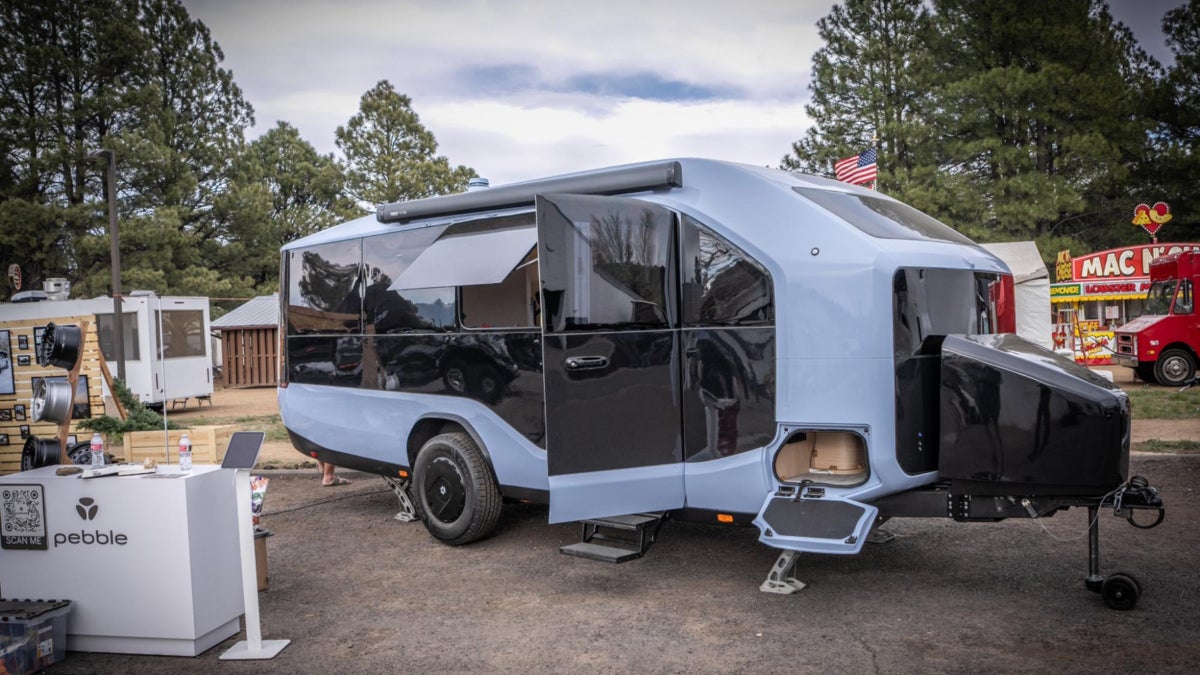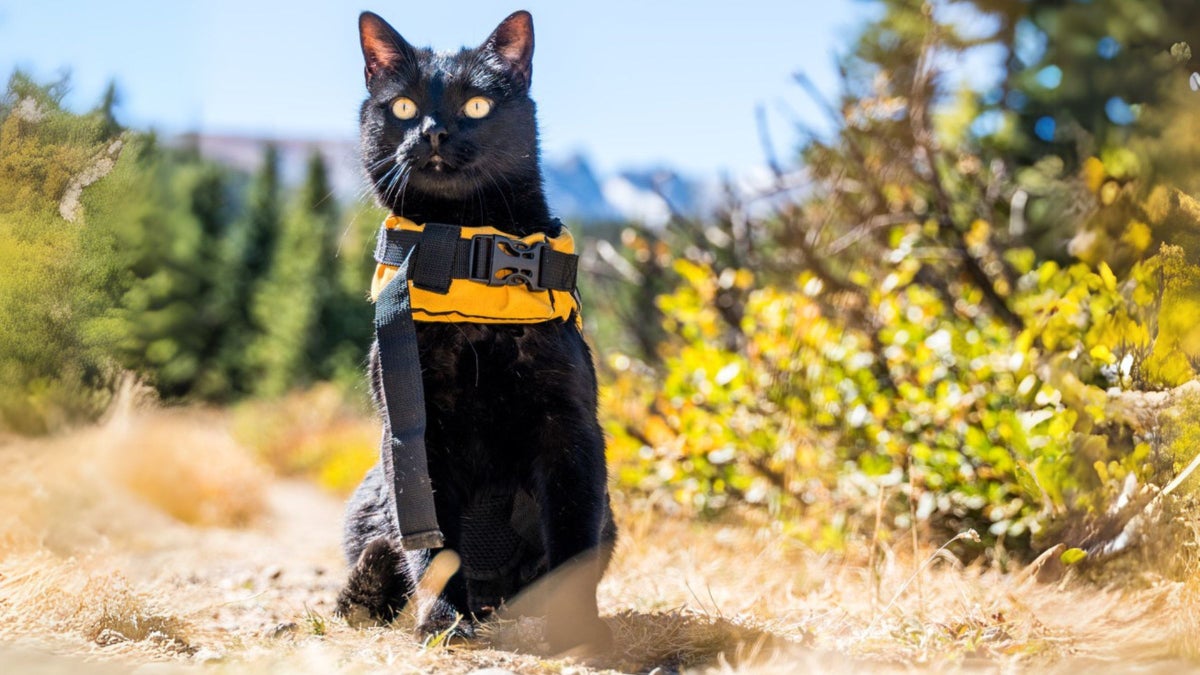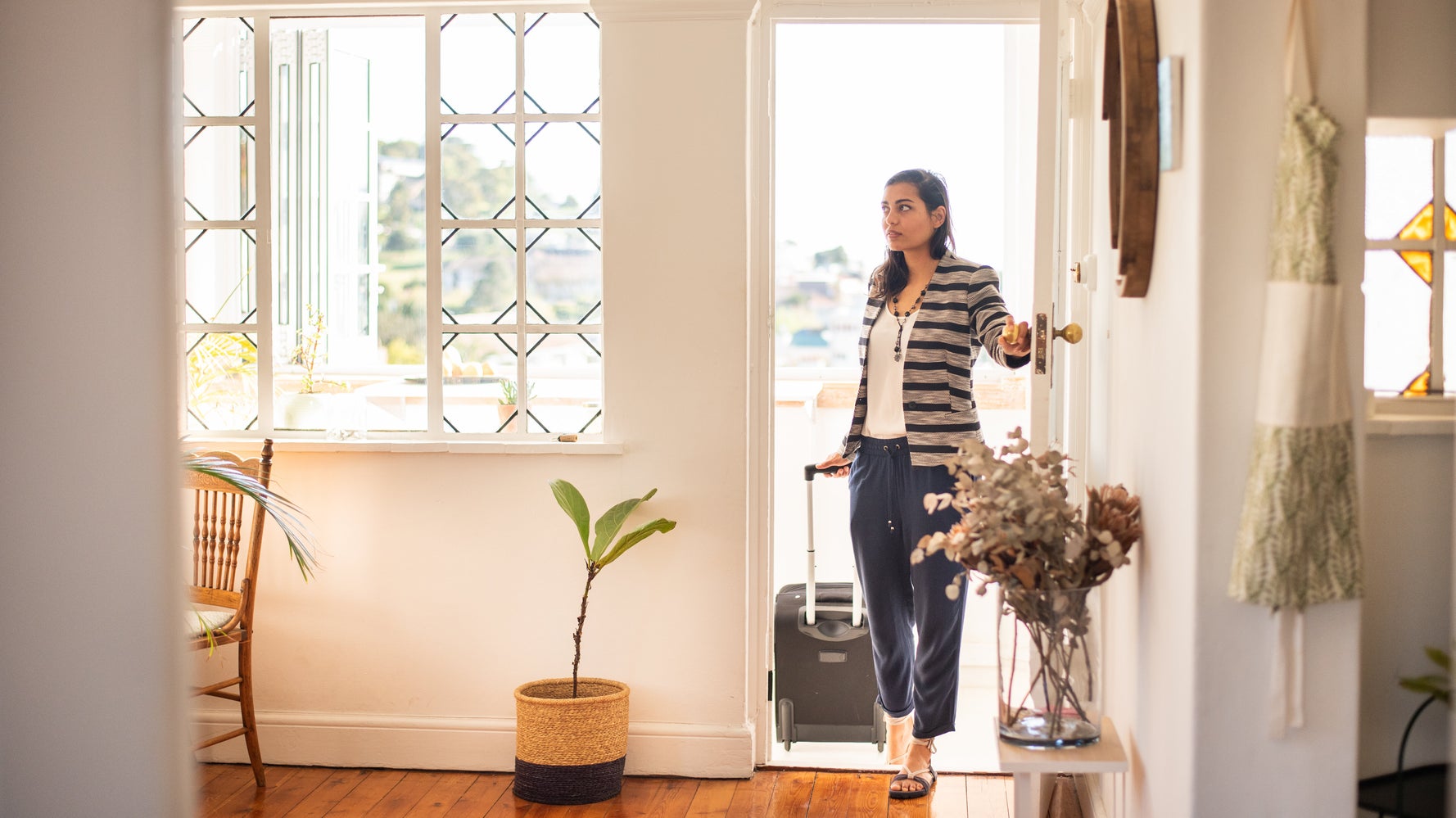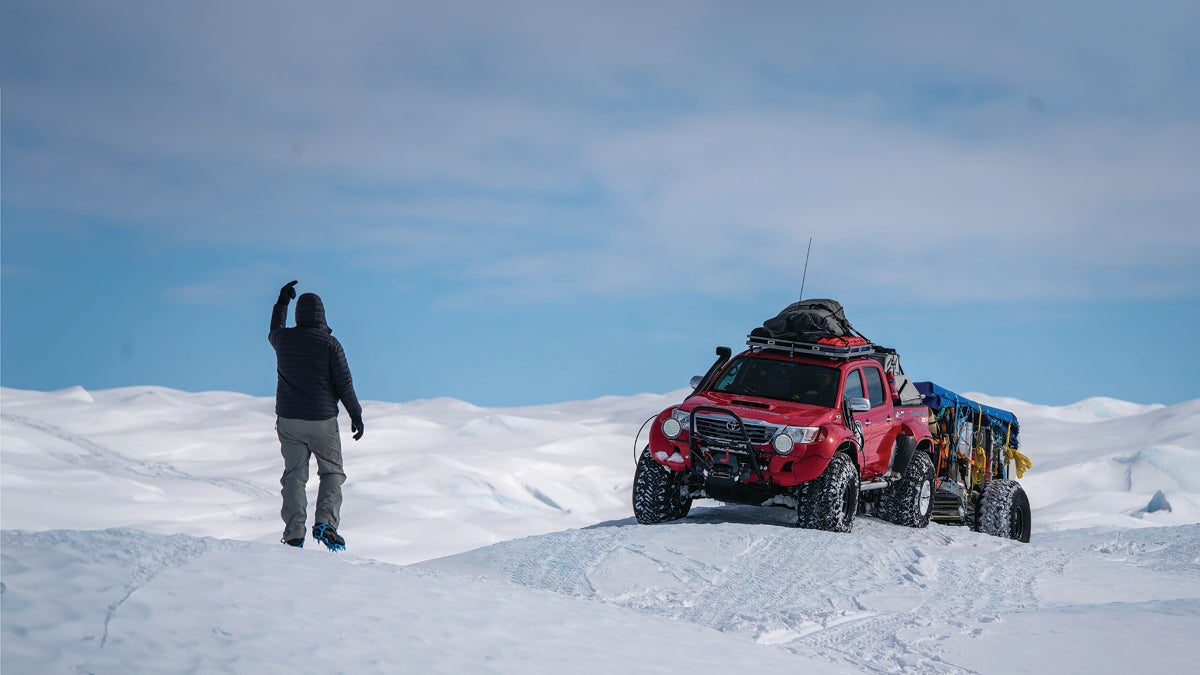
In 2014, Scott Brady, the founder of Overland Journal, became the first person to cross all seven continents by four-wheel drive—a frequently off-grid endeavor that had him tackling some of the most extreme terrain on earth. In 2018, Brady went on to complete the first 4WD crossing of the Greenland ice sheet, south to north. While these kinds of objectives might seem out of reach for the average car camper, Brady begs to differ: He says it’s way simpler than you think.
Brady has distilled everything he’s learned about vehicle-based adventure travel into his first book: Overlanding 101. It’s a collection of practical guidance around skills and equipment, mixed with tales of the real-life experiences that taught him all those lessons.
“Read this and go,” says Brady, who also publishes the Overland Journal magazine and podcast, and ExpeditionPortal.com. The book provides the practical knowledge you’ll need along the way, along with plenty of inspiration for trips of your own.
While 256 pages of tips are great, I wanted to see if Brady could simplify his advice. So, I called and asked him for his best tips for new travelers. Here are the five he gave me.
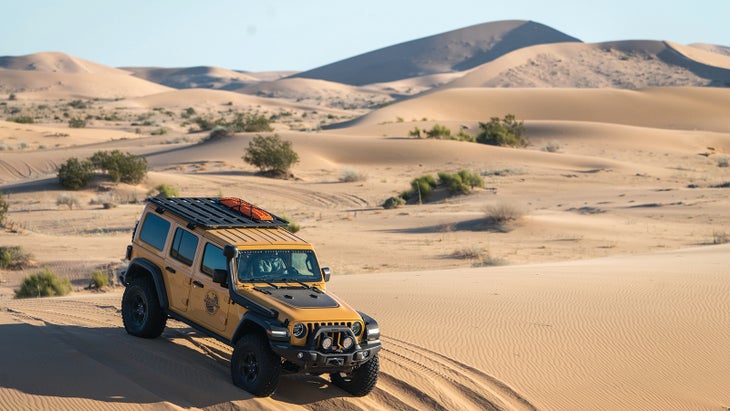
Go As Soon As Possible
“I think people are afraid to fail or afraid to have mishaps,” says Brady. “But I think that’s what the definition of adventure is: It’s when something has gone wrong.”
Brady’s first piece of advice is that, if you want to start having adventures, the best way is to just pick up and go. If you wait until you’re able to buy a certain vehicle, or equip it with just the right gear, or think you need to learn some specific skill before taking off, you’re going to spend time waiting rather than traveling.
“You don’t need to have the entire REI catalog,” he explains. “Go lighter, go less expensive, and go now. You’re often better off without all the crap anyways.”
In Overlanding 101, Brady tells the story of the very first overlanding trip he took when he got out o the Air Force in 2002. To tackle Arizona’s Camino del Diablo—a 140-mile off-road route along the Mexican border—he geared up with both a roof rack and trailer to carry all the equipment he thought he needed. But it turned out that bringing a portable shower, gallons of extra gas, and enough water to survive out there pretty much indefinitely actually did more to frustrate him than to ease the journey.
“In all the buying and grasping, I missed the point of going in the first place,” he says.
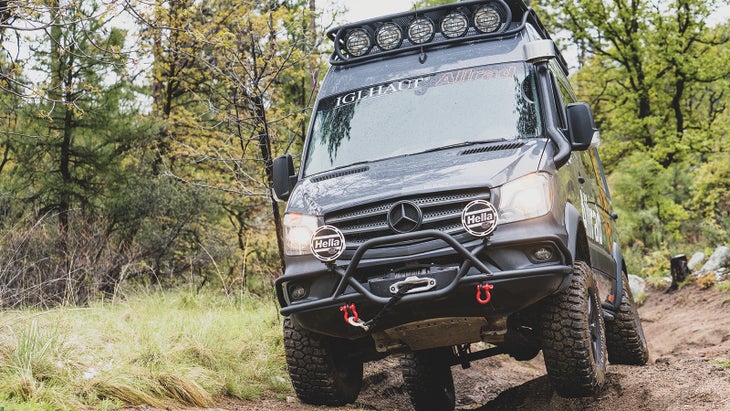
Get Buy-In From Your Travel Partners
“What I think people get wrong often, which usually results in the experience going poorly, is that they don’t talk to their travel companions,” Brady says. “Some dude will get it in his mind to drive the TransAmerica Trail, and drag his wife and kids along without ever having a conversation with them about what they want to experience along the way.”
“Like maybe his daughter’s super into geology, and she really wants to understand the rocks and the history, or his son really wants to learn how to drive, and if you don’t have those conversations, then you don’t have their buy-in,” he continues. “People usually fail pretty quickly as a family when that happens.”
Throughout the book, Brady reiterates that it’s the people—both the ones in the car with you and the ones you meet along the way—that are the point. Plan trips around them, not around some artificial goal or empty accomplishment.
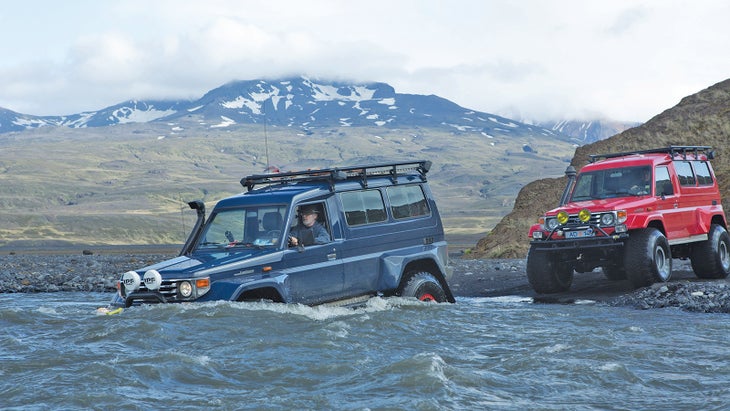
Focus on the Trip, Not the Gear
Overlanders tend to be overpackers. But in reality, only a few pieces of gear really matter. “You need some form of identification, some form of communication, and some form of commerce,” Brady says. “You don’t truly need anything else.”
Not only do people spend way too much time getting wrapped up in equipment, Brady says, but that investment can ultimately get in the way of the experience as stuff starts to break, get lost, or get stolen. But if you have a passport, a credit card, and a cell phone, you have the tools you need to solve pretty much any problem, no matter where you are in the world.
“I see people get really bummed out when they lose stuff. They let it ruin their trip. But in the grand scheme of things, if your laptop gets stolen, it’s OK. Learn to let those things go and focus on the journey.”
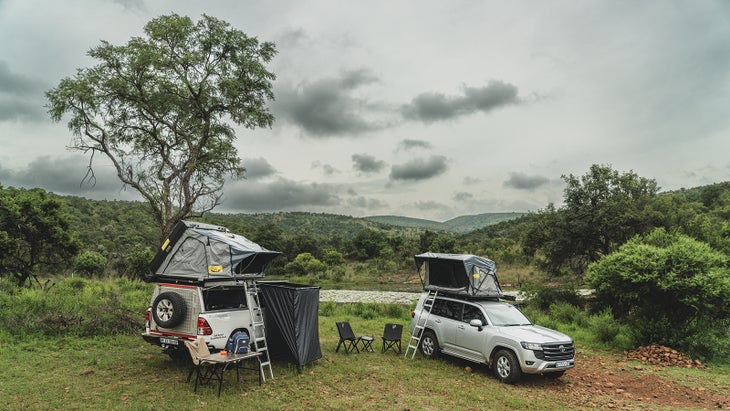
Slow Down
“And after you’ve done that, slow down some more,” says Brady. That’s both a philosophy, and practical guidance. Slowing down will make tackling obstacles both easier and safer, while giving you time to enjoy the experience.
“That’s one thing I struggle with,” Brady continues. “I’m always in full attack mode. I’ve always wanted to accomplish goal after goal after goal, and a lot of times, I don’t remember what I did afterwards.”
“So if I was to give someone advice, it would be to plan a little less,” he says. “Plan fewer miles, spend more time in that little village. Take an hour to sit in that cafe and just watch people go by.”
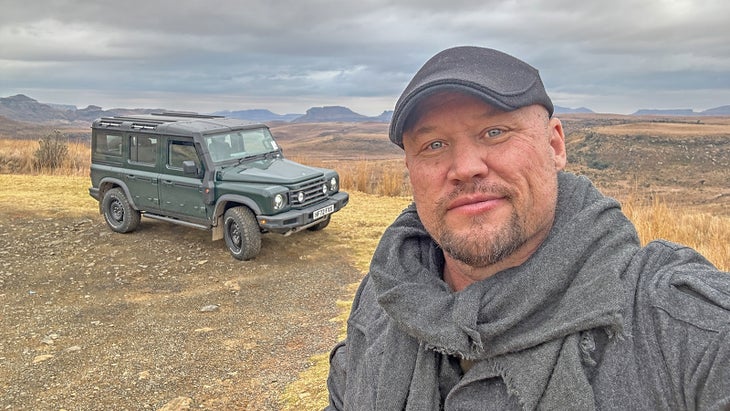
Find a Way To Give Back
“These experiences give us so much,” Brady says. “I’ve changed significantly by seeing the rest of the world. Strangers are no longer ‘other’ anymore—they’re someone I had lunch with, or someone that helped me on my journey. Once you start to spend time with people in other places, you start to be a lot more understanding of the fact that they are different, but in the best ways possible.”
In that spirit, it’s important to respect the communities and ecosystems you travel across, Brady says. “Tread lightly, leave no trace, find ways to minimize your impact,” he suggests. “Instead of leaving that campsite super early in the morning, take five minutes to police it for trash.”
If you can, do more than just erase signs of your passing—leave the place better than you found it. Brady says adding value to the people and communities you visit can be as simple as buying someone a beer, then taking the time to enjoy it with them. Or, it can be more involved. On one of his first forays into Baja, Mexico, Brady met some people who run an orphanage in Mulegé, a small town on the Sea of Cortez. The next time he drove through, he made time to stop by the Costco in Los Cabos, and bring them weeks’ worth of shelf-stable breakfasts for the kids. Now he has positive memories of a positive contribution, not just a fun trip.
“Overlanding 101” is available this week in paperback, audio, and Kindle formats.
The post With These 5 Tips, You Can Overland The Entire Planet appeared first on Outside Online.











